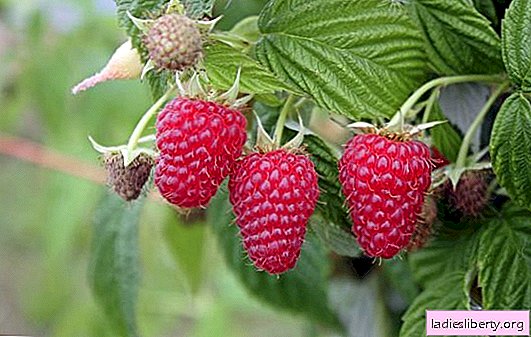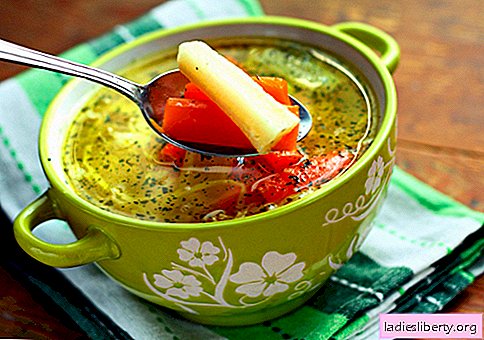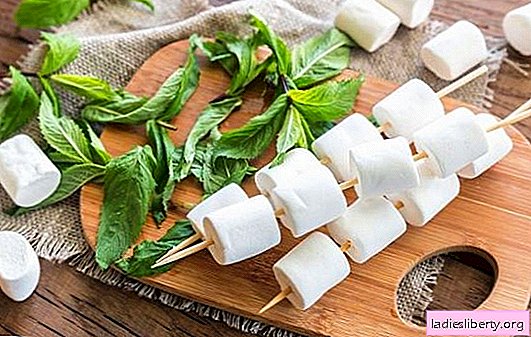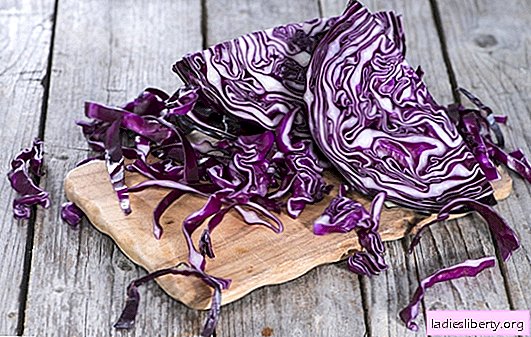
Raspberry "Patricia" for many years does not lose its popularity among amateurs and professionals. The shrub is grown for industrial purposes, as it has never failed with crops. What else is the variety famous for, how to plant it correctly, what are the features of the care - this will be discussed in the article.
The origin of the Patricia raspberry variety and the main characteristics of the culture
The large-fruited raspberry variety "Patricia" was bred by the English breeder Jennings more than thirty years ago. Moscow professor Kichina V.V. in 1986 began work on a variety to increase productivity and resistance to disease. She managed to get a highly productive updated variety of raspberries "Patricia", which was registered in 1992.
Today raspberries of this variety are grown in a temperate climate zone. The culture is characterized by good winter hardiness, it is practically not affected by pests and does not get sick.
Full description of raspberries "Patricia" and a photo of the variety
Raspberries of this variety form a tall bush with erect shoots. The standard plant height is about two meters. The shoots are spreading, brown-red in color, practically without thorns. Raspberry leaves are wrinkled, large, slightly pubescent, dark green in color.
Fruits in a 2/3 shoot variety. Fruit branches are well developed, at least 20 berries are formed on each. Raspberries are large, slightly pubescent, cone-shaped, the color is saturated, dark. To taste the berries are juicy, sweet, quite fragrant, contain few seeds.
Bushes are characterized by rapid growth; they begin bearing fruit in the second year after planting. Productivity is high, up to 10 kg of berries are collected from the bush. In cold and humid summers, productivity is slightly lower, but less than 5 kg from the bush does not fall. Peak fruiting occurs in the third year of cultivation. The berries begin to sing at the end of June, the crop is harvested within a month.
Advantages and disadvantages of the bush
Patricia raspberry variety has several advantages. The shrub is frost-resistant, painlessly tolerates a drop in temperature to -30 ° C. In the middle lane it can winter without additional shelter if the winter is snowy.
In addition, the culture easily tolerates bright sunlight, does not fade. Shrubs can be planted in open areas, which is noteworthy for the southern regions of the country.
Raspberry "Patricia" keeps on branches for a long time, does not crumble, does not decay. The berries are dense, do not flow, well tolerate transportation. This allows the use of the variety for industrial purposes.
The variety rarely suffers from anthracnosis, botritis and other viral, infectious diseases.
Despite all the positive characteristics, the variety has disadvantages that every gardener should know about:
1. Shrub gives a lot of basal shoots, requires regular pruning and crown formation.
2. Shoots of this variety need support, otherwise the berries will quickly begin to deteriorate and rot.
3. Raspberries are extremely unstable to late blight, prophylactic spraying is indispensable.
4. A shrub of this variety is afraid of the cold wind, so experienced gardeners recommend bending shoots to the ground for the winter.
Think carefully before planting Patricia raspberries in your area. If you do not have time to care for the bush, then it is better to choose a different variety. This raspberry loves attention and care.
How to choose a high-quality seedling and plant Patricia raspberries
It is better to buy raspberry seedlings in a specialized nursery, where all cultures are processed from diseases and pests, are distinguished by good immunity.
When buying, pay attention to the condition of the root system and kidneys. Sapling roots should be well developed, healthy. Raspberry shoots are shortened by 25 cm before purchase. Such seedlings are successfully stored in a cool room for about a day.
Raspberries are planted in spring and autumn, it depends on the climatic zone in which the bush will grow. In the south, raspberries are planted both in spring and autumn. But in the northern regions, autumn planting is not carried out.
Raspberries are placed on a well-lit, calm place with fertile soil. The site should not be swamped, otherwise the bush will die. The root system of the plant is demanding on soil moisture.
Before planting, the bed is well digged up, weeds are removed, fed with compost and mineral fertilizers. Landing pits are made at a distance of at least 50-60 cm from each other. If you plan to grow the culture in an ordinary way, then between the rows leave up to 1.5 m. The bottom of the holes is well drained. After planting, the root zone is well mulched with organic material.
Raspberry Care: Patricia Pruning and Winter Prep
Raspberries require special careful care, proper watering, top dressing and the timely formation of a bush.
Water the plant by sprinkling or under the root. At the same time, they try not to fall on the flowers. Watering on the leaf is carried out in the evening, so that the leaves of the plant dry well. Experienced gardeners recommend adhering to the following irrigation scheme:
• in early summer, bushes are watered sparingly;
• during the formation of the ovary, watering is increased;
• at the end of summer and until autumn, watering is carried out as necessary, rarely.
If autumn turned out to be rainy, then the culture is not watered at all.
Raspberries are fed three times per season. The first time fertilizer is applied to green buds. Then during the flowering period and after fruiting. Prepared mineral mixtures or superphosphate are used as top dressing. On one plant spend up to 5 kg of fertilizer per season.
Raspberry "Patricia" has its own characteristics of agricultural technology. The variety is grown only on trellis or supports. Fruit shoots are too long, often break from the severity of berries. Tie raspberries with soft twine.

Pruning is carried out several times per season. In spring, the entire shoot is harvested, and the shoots are shortened by 4-5 buds. In early summer, the branches are shortened to 1 m to stimulate the growth of fruit shoots. In autumn, the plant is thinned out, leaving only 5-6 of the strongest shoots.
In the northern regions raspberries are not grown without shelter. With the onset of cold weather, everyone runs away from the supports and tilts to the ground, after which they establish a frame protection.
It’s not so difficult to grow Patricia raspberries. The variety is not too capricious, but requires basic care.











